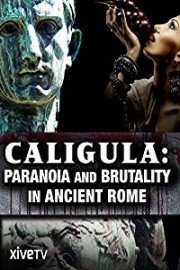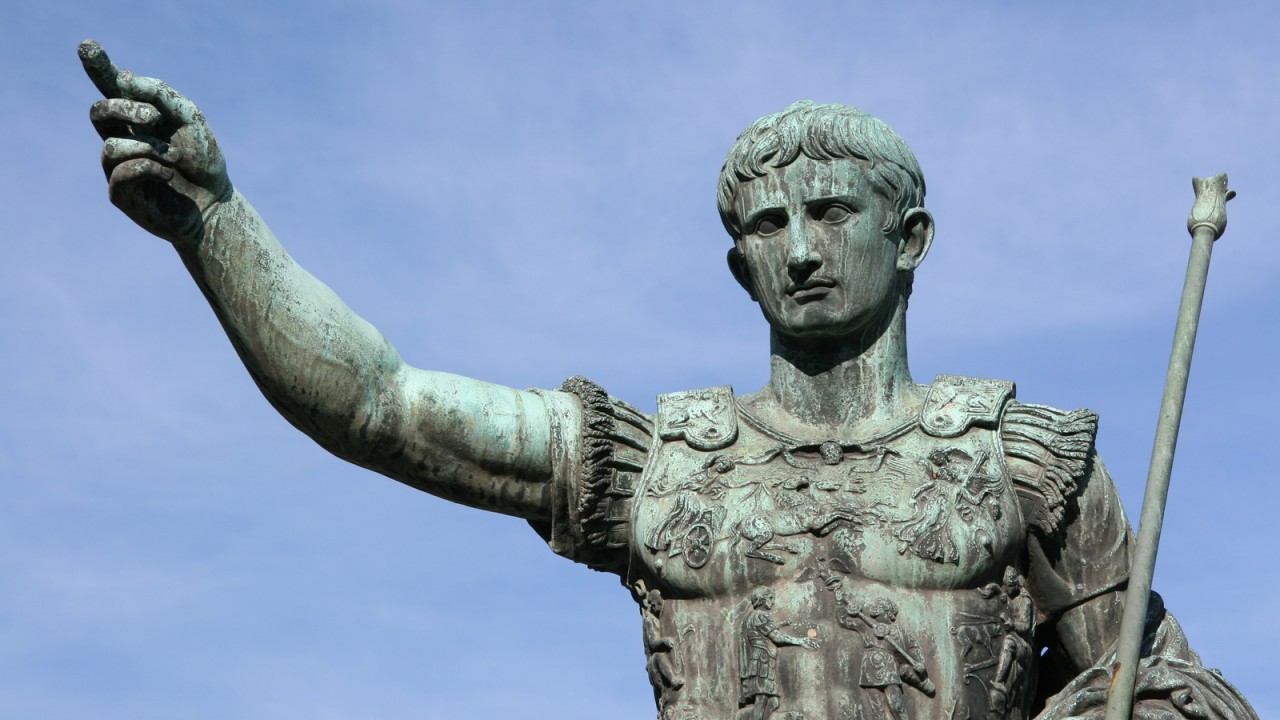-
Genres
-
DirectorHugo MacGregor
-
Release Date2016
-
Runtime59 min

Caligula is a controversial historical drama film that reflects the decadence and tyranny of the ancient Roman Empire. Directed by Tinto Brass and produced by Bob Guccione in 1979, the movie revolves around the unhinged and megalomaniacal reign of Emperor Caligula, who ruled from 37 AD to 41 AD. The movie portrays a vivid and lurid representation of the Palace intrigues, orgies, cruelty, and madness that characterized the reign of Caligula. The film features a host of disturbing scenes, including graphic violence, sexual content, and nudity, that earned it an X rating and limited its theatrical release.
Caligula opens with the ascent of Caligula (played by Malcolm McDowell), the grandson of Augustus, to the throne of the Roman Empire. While his early reign initially showcases his promise as a leader, his mental instability quickly becomes apparent as he begins to pursue a series of perverse and grotesque fantasies.
As his paranoia and cruelty grow, Caligula becomes increasingly volatile and vicious, inflicting pain and death on those around him, including his childhood friend, Gemellus (played by Bruno Brive), his wife Caesonia (played by Helen Mirren), and the Roman Senate. He also shows a propensity for incest, homosexuality, and bestiality, reflecting the moral decay and ethical degradation that mark his reign.
The movie explores the depths of Caligula's depravity and the destructive impact he had on the Roman Empire. It also touches on the themes of corruption, power, and oppression that continue to resonate with contemporary audiences.
One of the most interesting aspects of the film is its use of narrative structure. The story is told from the perspectives of three different characters: Caligula, his slave and confidante, and the Roman historian Suetonius. This alternating point of view allows the viewer to gain a deeper understanding of the motivations and actions of the characters in the story, while also highlighting the complex web of relationships that existed within the Roman hierarchy.
Another notable aspect of the film is its visual style, which is marked by a blend of classical and modern elements. The movie features lavish sets, ornate clothing, and authentic-looking props that create an immersive sense of historical accuracy. At the same time, however, the film employs a number of stylistic flourishes, including slow-motion sequences, heightened colors, and segments shot from unusual angles, that imbue the movie with a surreal and dreamlike quality.
Despite its many critics and controversies, Caligula has become something of a cult classic in the years since its release. Its daring portrayal of ancient Rome, combined with its disturbing and provocative content, have made it a film that is remembered long after the credits roll. It is a movie that is impossible to forget, for better or for worse, and that continues to capture the attention and imagination of viewers and critics alike.
Caligula: Paranoia and Brutality in Ancient Rome is a 2016 documentary with a runtime of 59 minutes.
